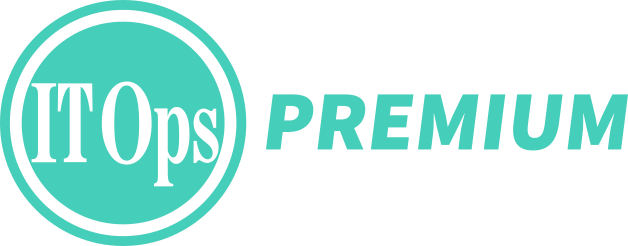
Leaders in infrastructure, cloud, and network operations understand that robust network observability is critical for business agility, improved user experiences, and optimized network performance. Furthermore, with the increasing adoption of AI, ensuring your network can handle the growing data volumes is more important than ever.
Are you sure you’re using the best methods to find and implement network observability solutions? Are you relying on the best sources, or are you missing key information?
A recent survey with Dimensional Research revealed key trends in how Cloud and Network management professionals are researching and making technology decisions. Understanding these trends can help you refine your approach, optimize resources and time, and ultimately, build a more robust and insightful network observability strategy for your organization.
Navigating the Network Observability Landscape: Research & Information Trend
Positioning your network observability project for success requires staying informed about the latest solutions and strategies. The survey showed a significant 71.5% of decision-makers consult vendor websites, engage with company representatives, and watch videos, emphasizing the need for vendors to offer readily accessible and informative content.
Beyond vendor channels, professionals are using LinkedIn to research new technologies in network observability, with about 31.8% of respondents taking this approach. Within LinkedIn, approximately 50% consume individual posts and threads, 46.4% follow industry news, and 36.9% read thought leadership articles, highlighting the value of diverse content formats.
Prioritize vendor evaluations that assess the robustness of their educational content alongside product features. Moreover, actively encourage your team to seek out new channels and formats for learning. By embracing a proactive and adaptable approach, you can optimize your team’s ability to stay current with emerging technologies.
The Power of Peer Influence
A significant 58.8% of respondents ranked “Peers (physical calls, meetings, success stories.) as one of their top three most trusted sources of information. This shows that trust and collaboration are valued heavily when it comes to technology adoption. In solutions such as network observability this is very important, to understand how others are incorporating best practices and envisioning the future of technologies such as AI to create workflows that can help the networks to be resilient among all the new data that these types of technologies bring.
Peers offer unfiltered perspectives based on real-world implementation experiences, making them a highly valued source of information. Are you and your team engaging enough in this area? Channels such as reddit can help you and your team to open questions and see if other companies have your same challenges and how they are addressing them. Thirty-six percent of the respondents mentioned this channel to use it for research, so it can be helpful for your company too.
Navigating in Different Industries in the Hybrid Work Era
The survey revealed distinct patterns in information consumption based on work location and industry. Notably, remote workers place significantly higher trust in their peers (69.5%) compared to those primarily in the office (53.6%), indicating a reliance on informal networks when direct interaction is limited.
Simultaneously, hybrid workers emerge as power users of platforms like LinkedIn, with 28.9% engaging daily to stay informed and connected. As a leader, encourage your teams to use LinkedIn to stay informed in new technologies. Ensure that you’re keeping up to date with new content and skills.
Industry also exerts a strong influence: While peer influence is generally dominant, it’s exceptionally pronounced in the tech-software sector (84.4%), contrasting with retail’s reliance on digital publications (68.2%).
Conclusion
Strengthen your business case for network observability by incorporating third-party data. Leverage vendor-provided white papers, research reports, and ebooks – these resources often contain valuable information that can support your strategic rationale. By understanding these evolving dynamics, you can optimize your team’s information gathering and discover opportunities to accelerate decision-making.
Today, you and your team have unprecedented access to valuable information that can inform your decisions. Take advantage of opportunities to connect with vendor experts, influencers, or even gain support in preparing your business case. However, don’t limit yourself to traditional analyst sources. While these firms offer valuable expertise, the network observability landscape is vast and constantly evolving. Diversifying your information sources allows you to develop a more nuanced and well-rounded understanding of the market.
Here are 5 actionable steps you can take to improve your network observability decision-making process:
- Cultivate a Strong Peer Network: Actively participate in industry forums, attend vendor events, and connect with peers in other organizations who are implementing network observability solutions.
- Participate in LinkedIn groups or follow network observability pages that can help you with resources to build your own business case.
- Find new channels to learn about new content. Platforms such as reddit, Spotify and even TikTok offer easier ways to consume content and learn from different sources and perspectives. Take advantage of your colleagues’ knowledge in these platforms and create workshops that can help you to build the cases using different approaches..
- Leverage Diverse Information Channels: Don’t rely solely on vendor information. Supplement your research with insights from trusted industry analysts, digital publications, and real-world case studies.
- Encourage Internal Knowledge Sharing: Foster a culture of knowledge sharing within your team. Organize internal workshops, encourage participation in online communities, and create opportunities for your team to learn from each other’s experiences.
To learn more about Broadcom’s network observability solutions and download the complete survey report visit here.








